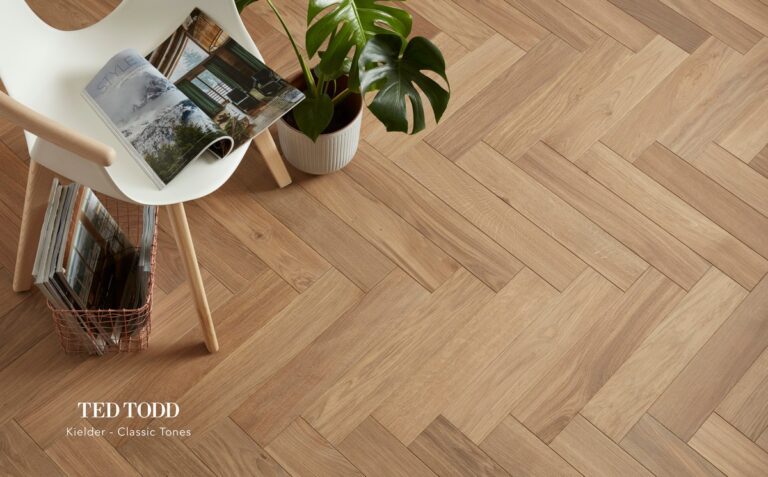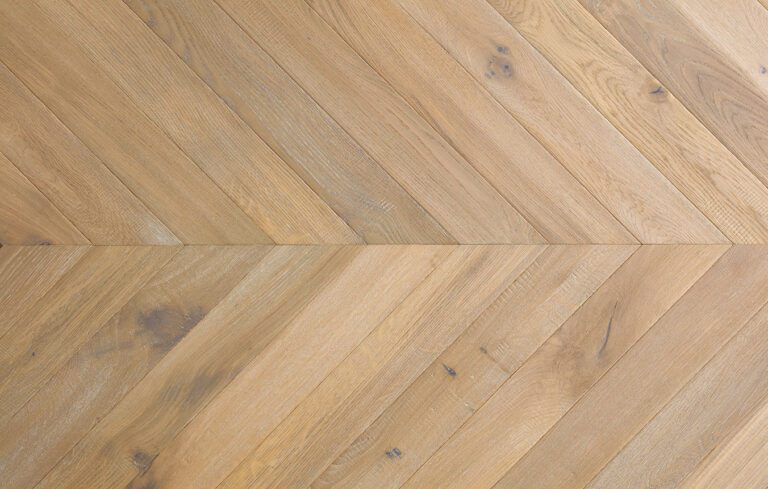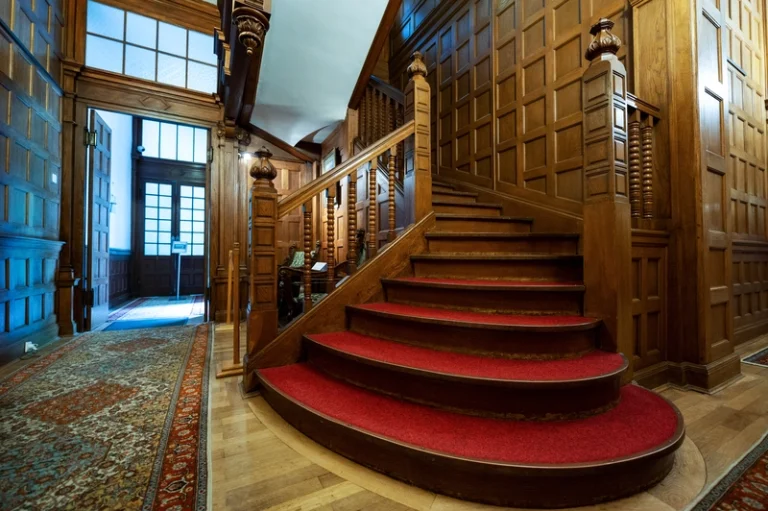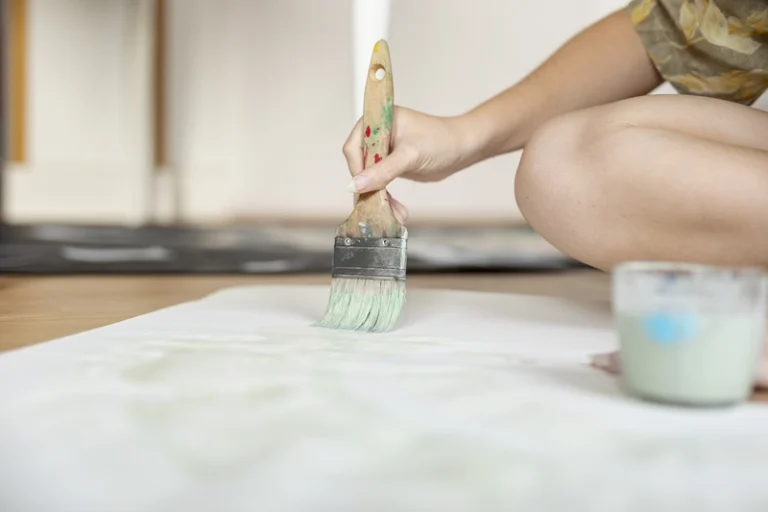When it comes to laminate flooring, edging plays a crucial role in providing a polished and finished look to your space. From quarter round to T-moulding, we will discuss the different laminate flooring edging options to consider.
We will explore what laminate flooring edging is, why it is important, and the various options available. Additionally, we will provide tips on choosing the right edging, installation methods, and maintenance tips to keep your laminate flooring looking its best.
What Is Laminate Flooring Edging?
Laminate flooring edging refers to the finishing strips or trims used to cover the exposed edges of laminate floors. It provides a seamless transition between the laminate floor and other surfaces, enhancing the overall look and durability of the flooring installation.
This essential component not only adds a polished finish to the room but also serves a practical purpose by protecting the vulnerable edges of the laminate. Choosing the right laminate flooring options is crucial to ensure longevity and aesthetics.
Common options include T-moulding, quarter round, and stair nosing, each tailored to specific needs. T-moulding offers a smooth transition between two areas of flooring, while quarter-round conceals gaps along walls. Stair nosing provides a safe and attractive edge to stairs.
The Importance of Edging for Laminate Flooring
Edging is crucial for laminate flooring as it not only enhances the aesthetic appeal of the floor but also provides protection to the edges, preventing moisture penetration and potential damage. Proper edging ensures a seamless and professional finish to the laminate floor installation.
Regarding laminate flooring, the edging trim plays a vital role in safeguarding the edges from chips, dents, and chipping, thereby extending the lifespan of the flooring. Edging acts as a barrier against water seepage, making it imperative for areas prone to moisture exposure.
Choosing the right type of edging trim is essential as it not only adds a decorative touch but also influences the durability and functionality of the floor. Quarter rounds, T-moulding, and stair nose trim each serve specific purposes in ensuring a sturdy and well-protected laminate flooring installation.
Types of Laminate Flooring Edging Options
Regarding laminate flooring edging options, there are various choices available to suit different styles and installation needs. These options include square-edge laminate, bevelled edge laminate, and micro-bevelled edge laminate, each offering unique aesthetics and functionalities.
a. Quarter Round
Quadrant trim is one of the types of laminate flooring, a popular choice for laminate flooring edging, commonly used to cover the expansion gap between the flooring and the wall. It provides a decorative finish while accommodating the necessary flexibility for the laminate planks during expansion and contraction.
Adding quadrant trim not only conceals imperfections along the edges of the laminate flooring but also serves as a protective barrier against moisture and debris. The trim acts as a subtle transition piece, blending the flooring seamlessly with the skirting board. With its versatility, it can be painted or stained to match the laminate flooring, enhancing the aesthetic appeal of the room.
b. T-Moulding
T-Moulding is a versatile edging option for laminate flooring, ideal for transitions between two rooms with different flooring heights or materials. It provides a smooth transition while offering structural support and aesthetic continuity between the spaces.
One of the key applications of T-Moulding is its ability to cover the expansion gap required for laminate flooring installations, ensuring a clean and professional finish. This edging solution not only enhances the overall look of the floor but also helps protect the edges from damage, such as chipping or cracking.
T-moulding is highly durable and easy to maintain, making it a practical choice for high-traffic areas. Its versatility allows it to be used in various settings, from residential to commercial spaces, seamlessly blending with different décor styles.
c. Reducer
Reducers are utilised in laminate flooring to generate a seamless transition between floors of varying heights, like from laminate to carpet or tile. This edging solution plays a crucial role in upholding a formal ambience throughout the room while prioritising safety and maintaining visual consistency in the flooring design.
By bridging the gaps between diverse flooring materials, reducers ensure that the transition is not only smooth but also visually pleasing. Their functionality goes beyond aesthetics as they also act as a safety measure by reducing tripping hazards caused by uneven surfaces. The integration of reducers in laminate flooring projects allows for a cohesive look, enhancing the overall appeal of the space while providing a polished finish that complements the design aesthetic.
d. Stair Nose
Stair nose edging is specifically designed for staircases with laminate flooring, providing a finished look and enhanced safety by capping the edges of the stairs. It ensures a seamless transition from the floor to the stairs, offering a polished and professional appearance.
Stair nose edging plays a crucial role in protecting the edges of the laminate flooring from wear and tear, thus extending the longevity of the floor. This trim not only enhances the aesthetics of the staircase but also helps in preventing accidents by providing a non-slip surface.
There are various types of stair nose edging available, including flush stair nose, overlap stair nose, and square nose, catering to different styles and thicknesses of laminate flooring. Each type is designed to serve a specific purpose, ensuring a snug and secure fit on the stairs.
e. Wall Base
The next laminate floor finishing strip to consider is wall base or skirting board edging, it is used to cover the gap between the laminate floor and the wall, providing a clean and seamless transition. It also offers protection against moisture and dirt accumulation, enhancing the durability and appearance of the flooring installation.
Additionally, the skirting board plays a crucial role in preventing accidental bumps and scratches on the lower part of the walls, acting as a shield. It complements the overall aesthetic of the room by adding a finishing touch to the flooring design. When properly installed, laminate skirting can hide unsightly cables and wires, maintaining a clutter-free environment. Regular maintenance of the skirting, such as cleaning and occasional touch-ups, can prolong its lifespan and keep it looking fresh.
Factors to Consider When Choosing Laminate Flooring Edging Options
When selecting edging for laminate flooring, several factors need to be considered to ensure a seamless and functional installation. Factors such as colour and material, durability, and compatibility with the laminate flooring type play a key role in achieving the desired aesthetic and performance outcomes.
a. Colour and Material
The colour and material of the edging for laminate flooring play a significant role in the overall aesthetics and design coherence of the space. Matching or contrasting the edging with the flooring finish can create visual interest and enhance the room’s ambience.
When choosing the edging colour, consider whether you want it to blend seamlessly with the floor for a cohesive look or stand out as a design element. For instance, a matching edging can provide a clean and integrated appearance, while a contrasting colour can add a bold accent or define separate areas within a room.
Similarly, the material of the edging, whether it’s wood, metal, or a composite, can impact the overall style and durability. Wooden edging may offer a warm and natural feel, while metal provides a modern and sleek touch. The choice of edging material also influences maintenance requirements, with some materials being more resistant to wear and tear than others.
b. Durability
Durability is a critical factor to consider when choosing edging for laminate flooring, as it ensures long-lasting performance and protection against wear and tear. Opting for high-quality edging materials and robust construction can prolong the lifespan of the flooring installation.
When selecting laminate flooring trim, durability plays a vital role in safeguarding the edges from daily traffic and potential damage. Trim pieces crafted from sturdy materials such as aluminium or PVC not only provide a sleek finish but also add a protective layer against moisture and impact, enhancing the overall resilience of the floor.
The construction techniques employed in manufacturing these edging products significantly influence their longevity. Tongue-and-groove designs and snap-on systems ensure a secure fit, minimising the risk of edges lifting or chipping over time.
c. Compatibility with Laminate Flooring
Ensuring compatibility between the edging and the laminate flooring is essential to achieve a cohesive and unified look throughout the room. The edging should complement the flooring design whilst maintaining a formal feeling that enhances the visual appeal, especially in high-traffic areas like bedrooms.
Choosing the right edging solutions can significantly impact the overall aesthetic of a space. Visual harmony plays a crucial role in creating a seamless transition between the flooring and the room’s decor. By selecting edging options that align with the style and colour palette of your laminate flooring, you can enhance the sense of design coherence within the room.
How to Install Laminate Flooring Edging
Installing laminate flooring edging requires careful planning and precision to ensure a seamless and professional finish. The process involves gathering necessary tools and materials, measuring and cutting edging pieces, and installing them along the perimeter of the room, including specific areas such as doorways, stairs, and transitions.
1. Gather the Necessary Tools and Materials
Before installing laminate flooring edging, ensure you have the necessary tools and materials ready, including scotia or laminate skirting boards, adhesive, measuring tape, and a saw. Proper preparation and organisation will streamline the installation process and ensure a professional result.
Regarding laying laminate flooring edging, having the right equipment is crucial for a successful outcome. One essential tool is a flooring spacer, which helps maintain consistent gaps between the flooring and walls. A tapping block and pull bar are essential for securing the interlocking planks in place without causing damage.
- Another crucial material is underlayment, which provides sound insulation and enhances the overall durability of the flooring.
- When choosing between scotia and laminate skirting boards, consider the aesthetic appeal and functionality of each. Scotia adds a decorative touch while hiding the expansion gap, whereas laminate skirting boards offer a seamless transition between the floor and the wall.
- Adhesive is necessary for securing the edging properly, ensuring it stays in place for years to come.
2. Measure and Cut Edging Pieces
Accurate measurement and precise cutting of border pieces are crucial for a smooth and professional border installation.
When measuring the border pieces, remember to allow for any corners, angles, or irregularities in the room’s layout to ensure a perfect fit. Use a sharp utility knife or a mitre saw for precise cutting, making accurate 45-degree angle cuts for neat and seamless joins.
Choosing the right type of border is also essential for different installation scenarios. For lounge spaces, consider options like T-moulding for transitioning between two floors of the same height, reducers for reducing the height between rooms, or end caps for finishing exposed edges.
3. Install Edging on the Perimeter of the Room
Commence the laminate flooring edging installation by securing the edging along the perimeter of the room, starting from one corner and working your way around. Use appropriate fastening methods for different edging types like quarter-round, ensuring a secure and seamless attachment to the laminate planks.
When securing the quarter-round edging, make sure to position it flush against the walls to achieve a polished look. Measuring accurately is crucial to ensuring a snug fit. Trim the edging to the required length using a mitre saw for clean and precise cuts.
After cutting the edging pieces, attach them to the walls using finishing nails or adhesive, depending on the material and your preference. Be mindful of the spacing to maintain consistency along the room’s perimeter.
4. Install Edging on Stairs, Doorways, and Transitions
For a comprehensive laminate flooring edging solution, ensure that edging is installed on stairs, doorways, and transitions to achieve a polished and cohesive look throughout the space. Different types of edging, such as stair noses and T-moulding, can be used to address specific installation requirements and design considerations.
When installing edging on stairs, the stair nose profile provides a smooth transition from the horizontal floor to the vertical edge of the step, enhancing safety and aesthetics simultaneously.
On the other hand, T-moulding serves as an effective solution for doorways and transitions between different rooms or floorings, ensuring a seamless flow and protection for the laminate edges.
Consistency in choosing the right type of edging is crucial to maintain a uniform design language and to protect the edges from wear and tear over time.
Maintenance and Care for Laminate Flooring Edging
Proper maintenance and care are essential for preserving the appearance and functionality of laminate flooring edging. Regular cleaning with a damp cloth or suitable cleaning solution, avoiding harsh chemicals, and addressing any signs of wear or damage promptly can extend the lifespan of the edging, especially in high-traffic areas like living rooms and bedrooms.
Regarding square-edge laminate or laminate boards, being mindful of heavy furniture or sharp objects can prevent nicks and scratches on the edging.
Placing felt pads under furniture legs and using rugs or mats in entryways can minimise the risk of scuffing, ensuring the edges remain intact over time.
Proactively checking for gaps or gaps between the flooring and the walls can help prevent water damage and mould growth, which are common issues that can impact the quality of the edging.
You can choose a variety of laminate flooring types at TEKA Flooring, from renowned and quality brands like Elka and Quick-Step. If you feel unsure about the perfect laminate that fits your home flooring, make an appointment and consult with our expert!
Read Also:














